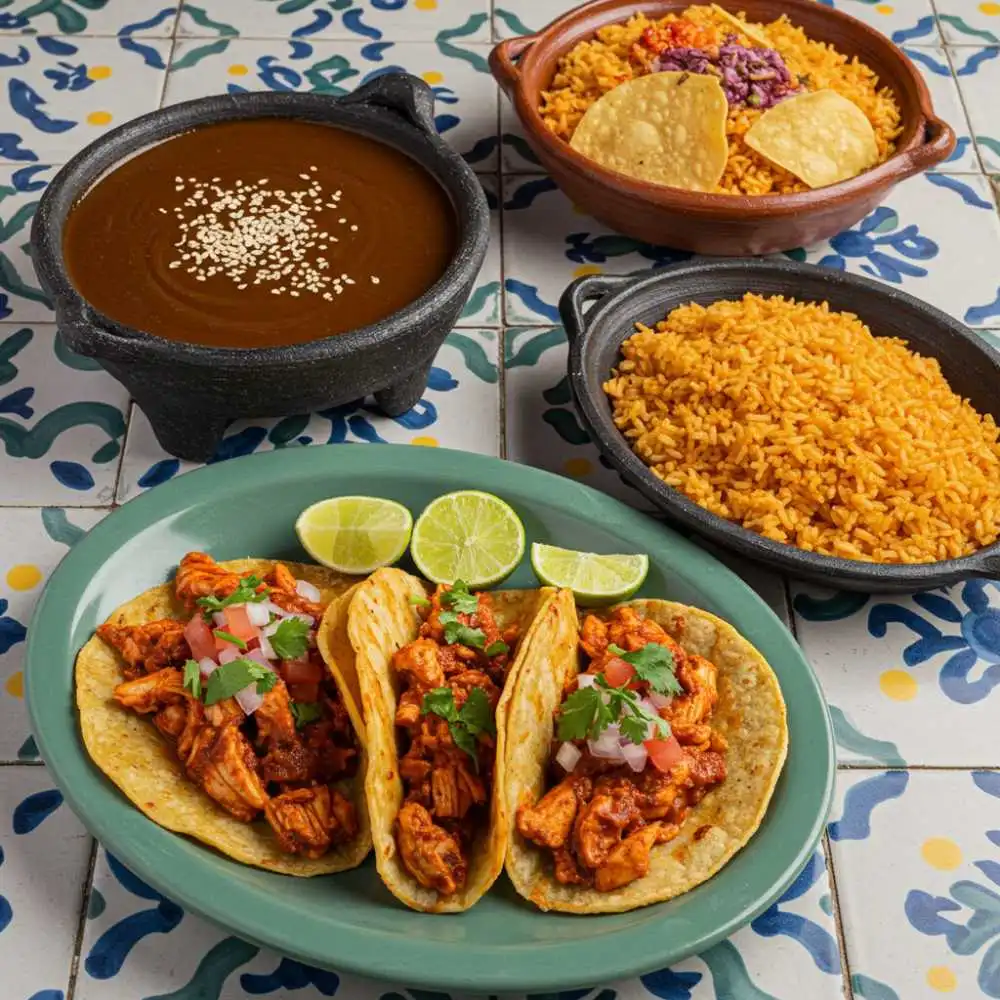A Culinary Heritage Rich
To appreciate the best Mexican food, we need to honor the culinary artistry behind it. UNESCO has recognized Mexican cuisine as an Intangible Cultural Heritage of Humanity. That alone speaks volumes. The recipes are rooted in centuries-old indigenous techniques and colonial influences.Seasonal Ingredients in Mexican Dishes like corn, beans, avocado, and cacao aren’t just staples; they’re sacred. And every cook—from street vendor to abuela—is a steward of time-honored knowledge passed down through generations.Chapter 1: The Staples of Mexican Cuisine
Let’s begin with the soul of the cuisine: its foundational ingredients.Corn (Maíz)
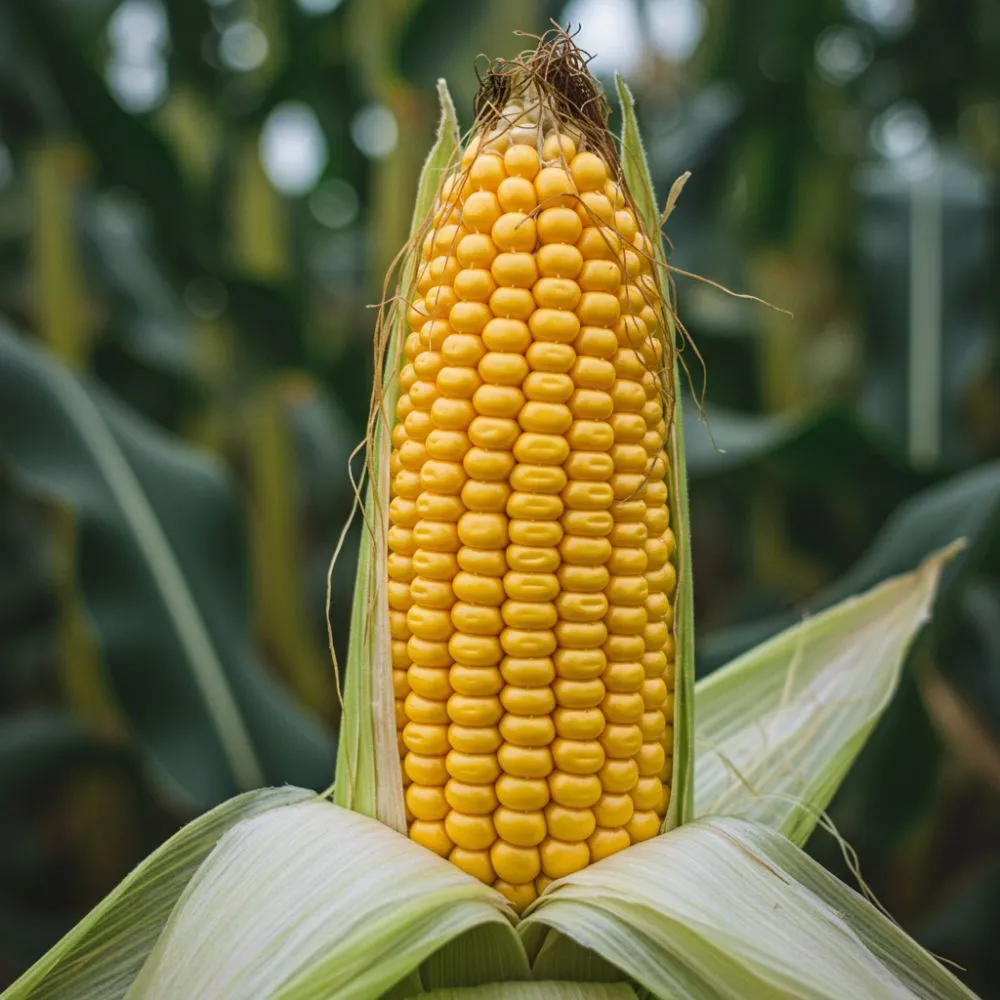 Corn is more than just a grain; it is the foundation of Mexican cooking. Tortillas, tamales, elotes (Mexican street corn), and even Mexican drinks like atole and champurrado stem from nixtamalized corn. As a result of this ancient process, nutrition is improved as well as flavor.
Corn is more than just a grain; it is the foundation of Mexican cooking. Tortillas, tamales, elotes (Mexican street corn), and even Mexican drinks like atole and champurrado stem from nixtamalized corn. As a result of this ancient process, nutrition is improved as well as flavor.Refried Beans (Frijoles)
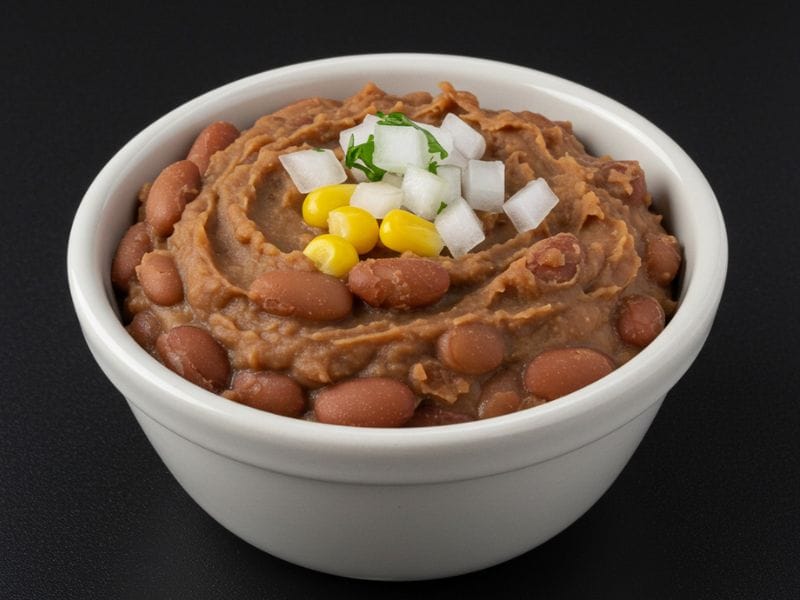 Often overshadowed by flashier dishes, beans are a symbol of sustenance and flexibility. From refried (frijoles refritos) to black bean soup, they provide a creamy counterbalance to spicier fare.
Often overshadowed by flashier dishes, beans are a symbol of sustenance and flexibility. From refried (frijoles refritos) to black bean soup, they provide a creamy counterbalance to spicier fare.Chiles of Mexico Food
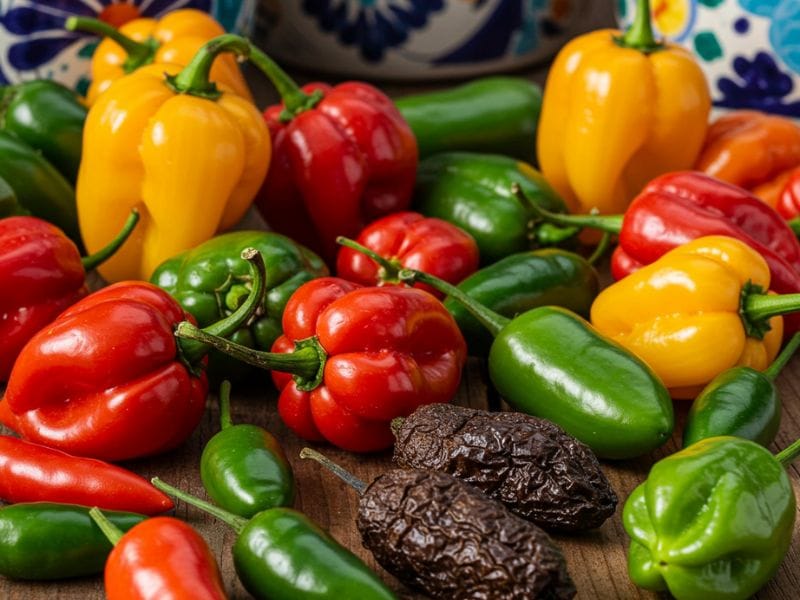 Fresh, dried, smoked, or ground, chiles are the spice of Mexican life. Ancho, pasilla, guajillo, chipotle, and arbol chiles offer complex layers of heat and flavor.
Fresh, dried, smoked, or ground, chiles are the spice of Mexican life. Ancho, pasilla, guajillo, chipotle, and arbol chiles offer complex layers of heat and flavor.Avocado
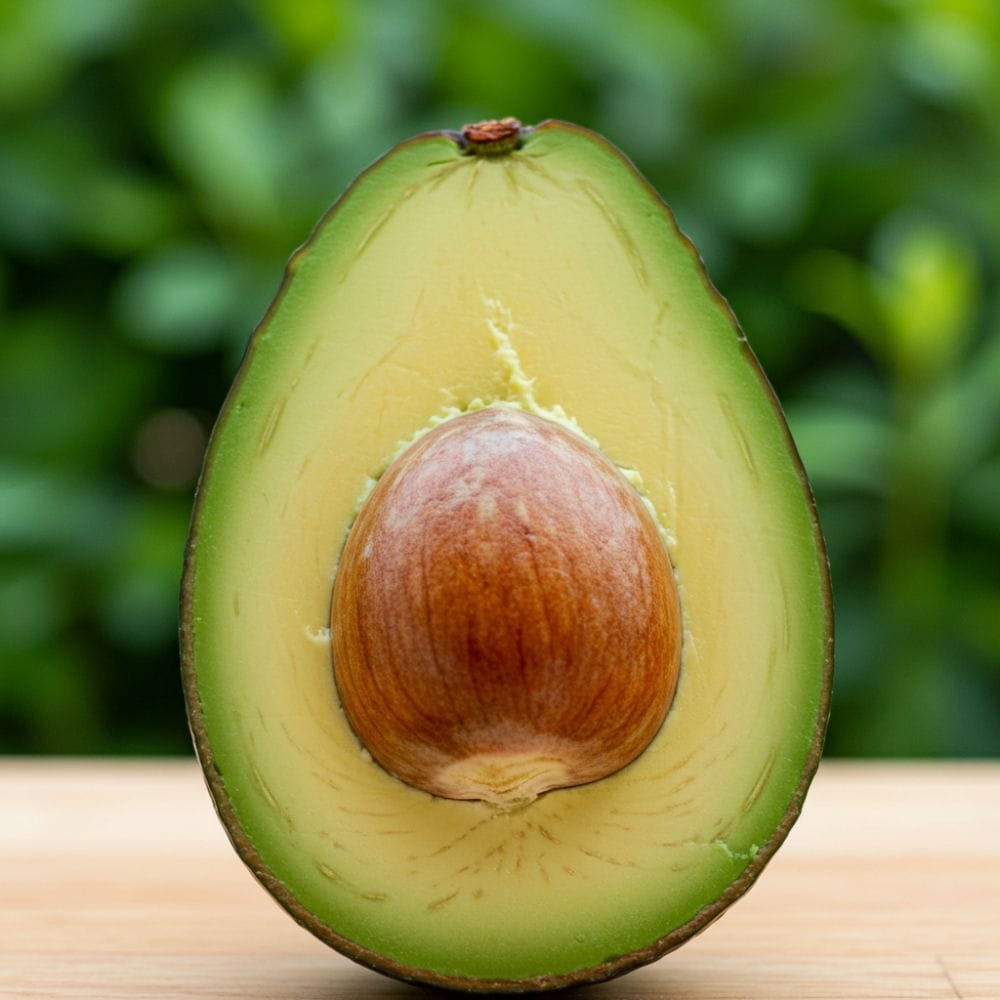 Guacamole is just the beginning. Avocados are rich in healthy fats and add a velvety texture to tacos, salads, and tostadas.
Guacamole is just the beginning. Avocados are rich in healthy fats and add a velvety texture to tacos, salads, and tostadas.Lime and Cilantro
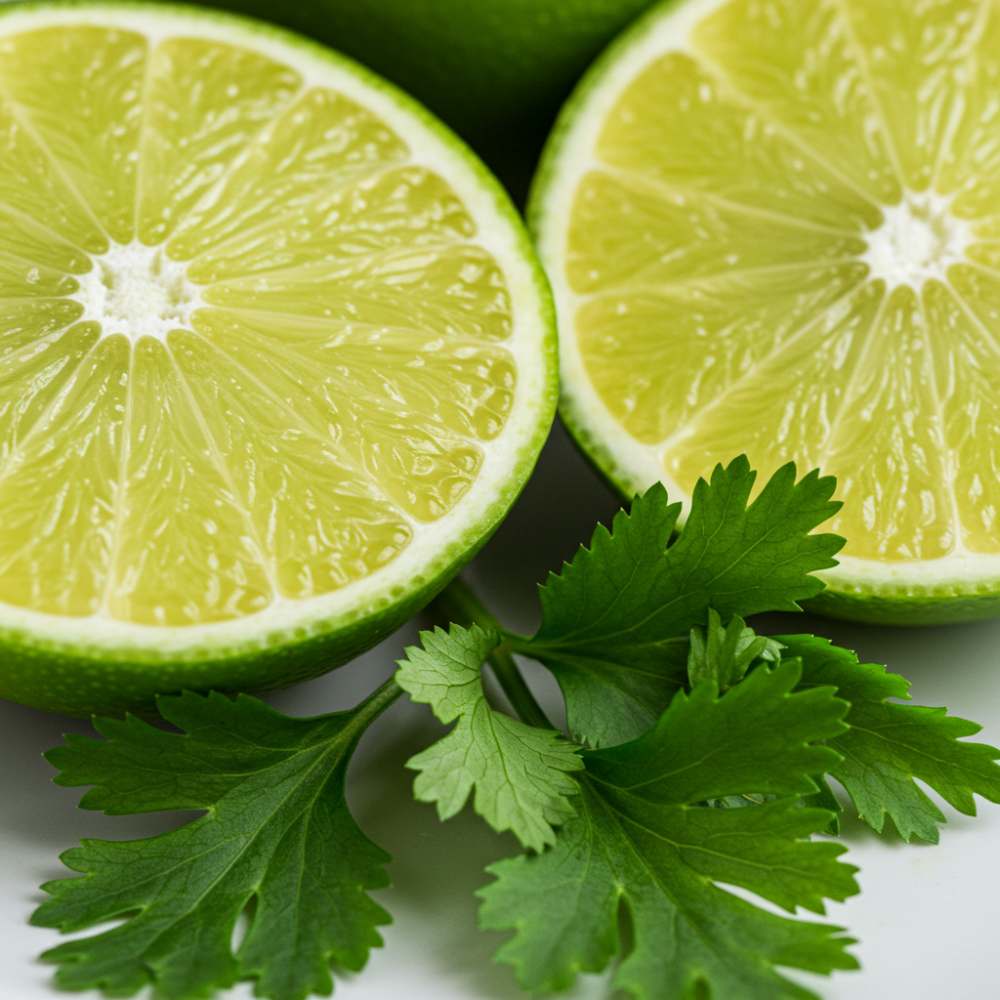 Acidity and brightness are crucial. A squeeze of lime or a handful of chopped cilantro can elevate a dish from good to extraordinary.
Acidity and brightness are crucial. A squeeze of lime or a handful of chopped cilantro can elevate a dish from good to extraordinary.Chapter 2: Iconic Best Mexican Dishes to Savor
1. Tacos
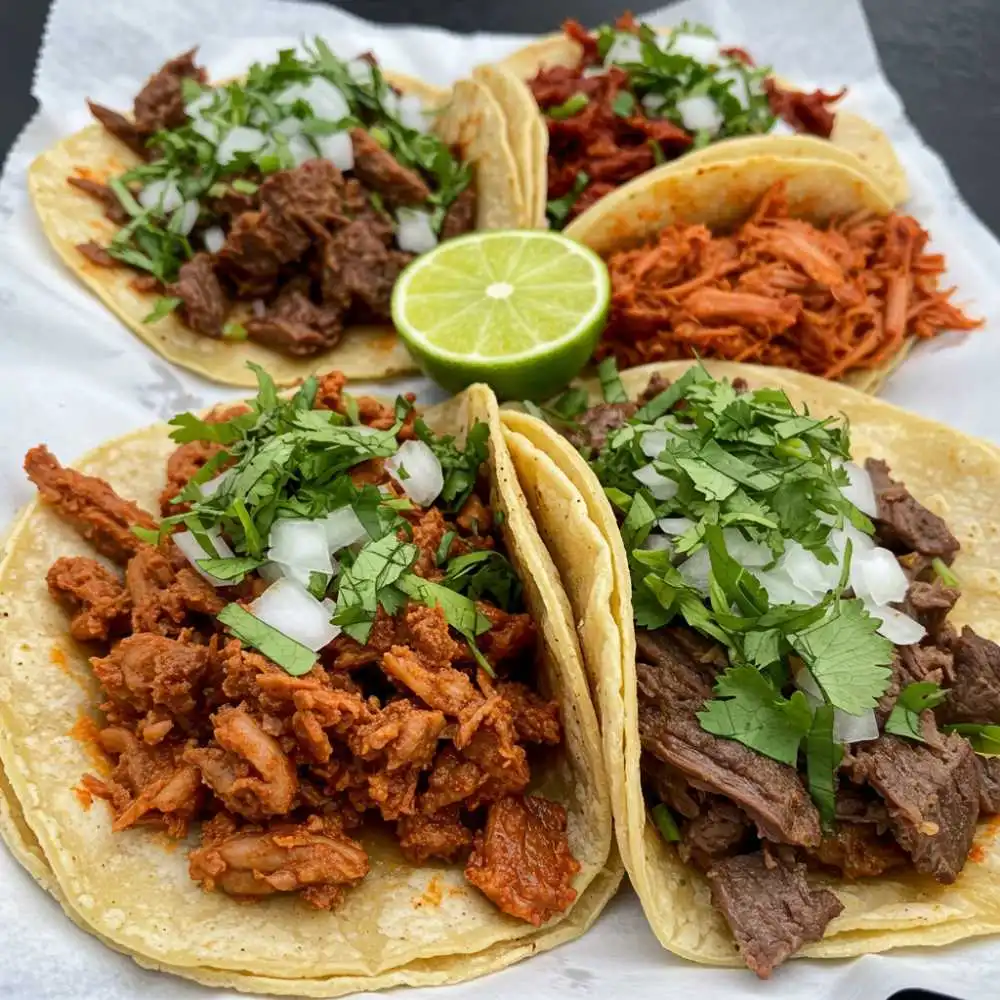 No list is complete without tacos. From al pastor shaved off a vertical spit to carnitas braised for hours, tacos are endlessly customizable.
No list is complete without tacos. From al pastor shaved off a vertical spit to carnitas braised for hours, tacos are endlessly customizable.- Tacos de Asada: Grilled steak with onions, cilantro, and lime.
- Tacos al Pastor: Pork marinated in achiote and pineapple.
- Tacos de Barbacoa: Tender, pit-roasted lamb or beef.
2. Tamales
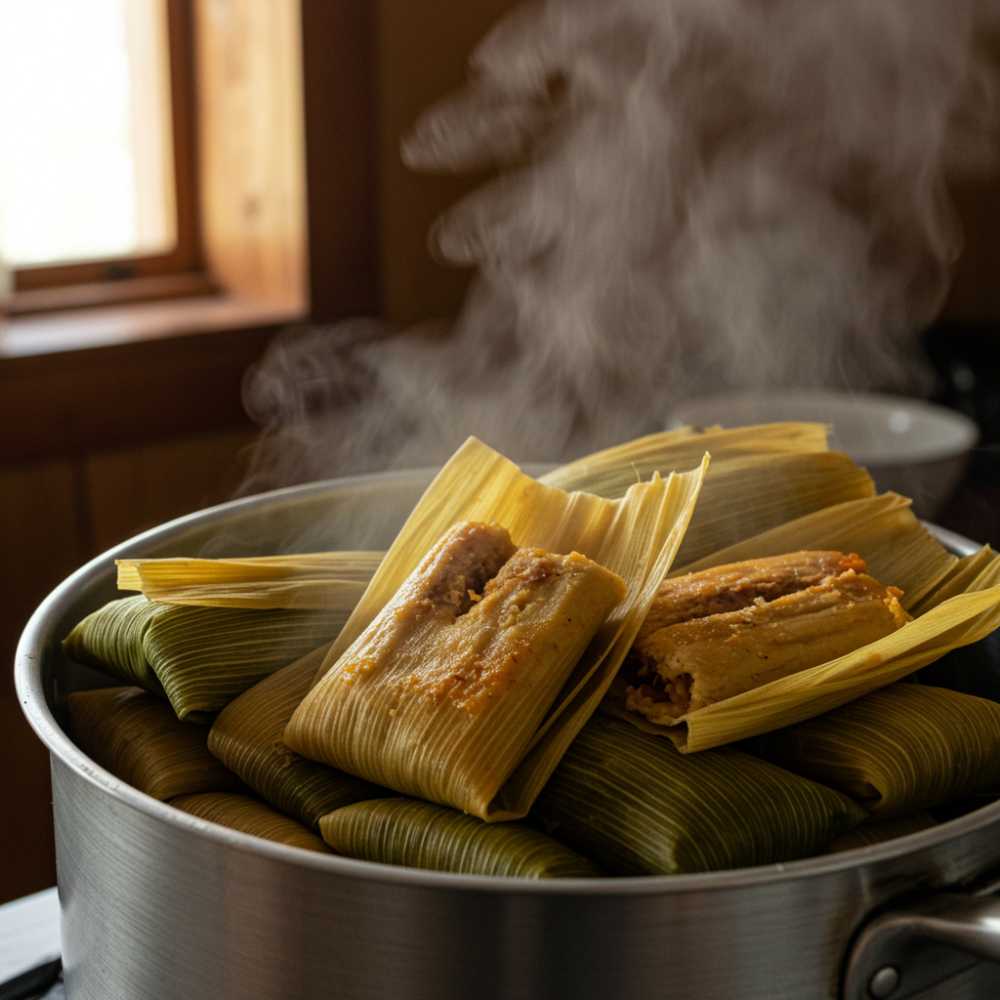 A labor of love, tamales consist of masa (corn dough) filled with meat, cheese, or sweet mixtures and wrapped in corn husks.
A labor of love, tamales consist of masa (corn dough) filled with meat, cheese, or sweet mixtures and wrapped in corn husks.3. Mole
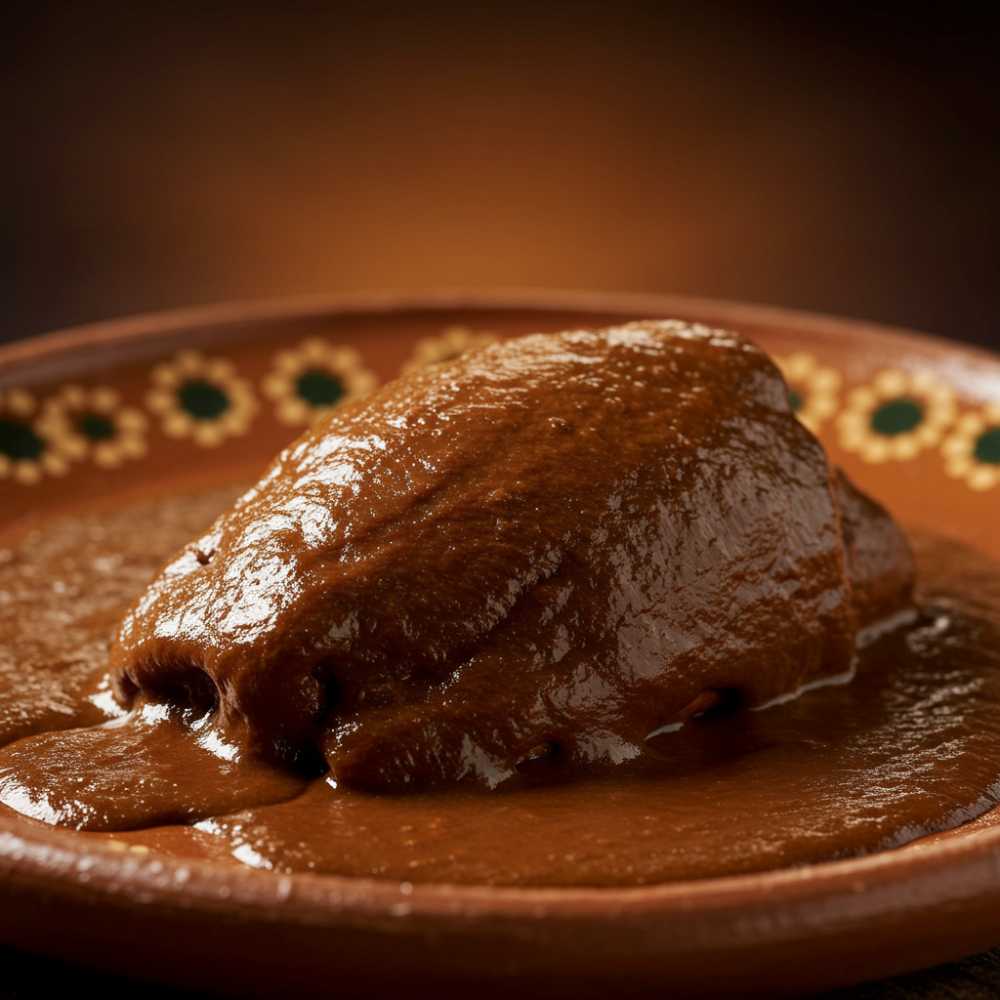 There are over 40 varieties, but Mole Poblano, with its chocolate and chili blend, reigns supreme. A perfect example of Mexico’s culinary sophistication.
There are over 40 varieties, but Mole Poblano, with its chocolate and chili blend, reigns supreme. A perfect example of Mexico’s culinary sophistication.4. Enchiladas of Mexican Foods
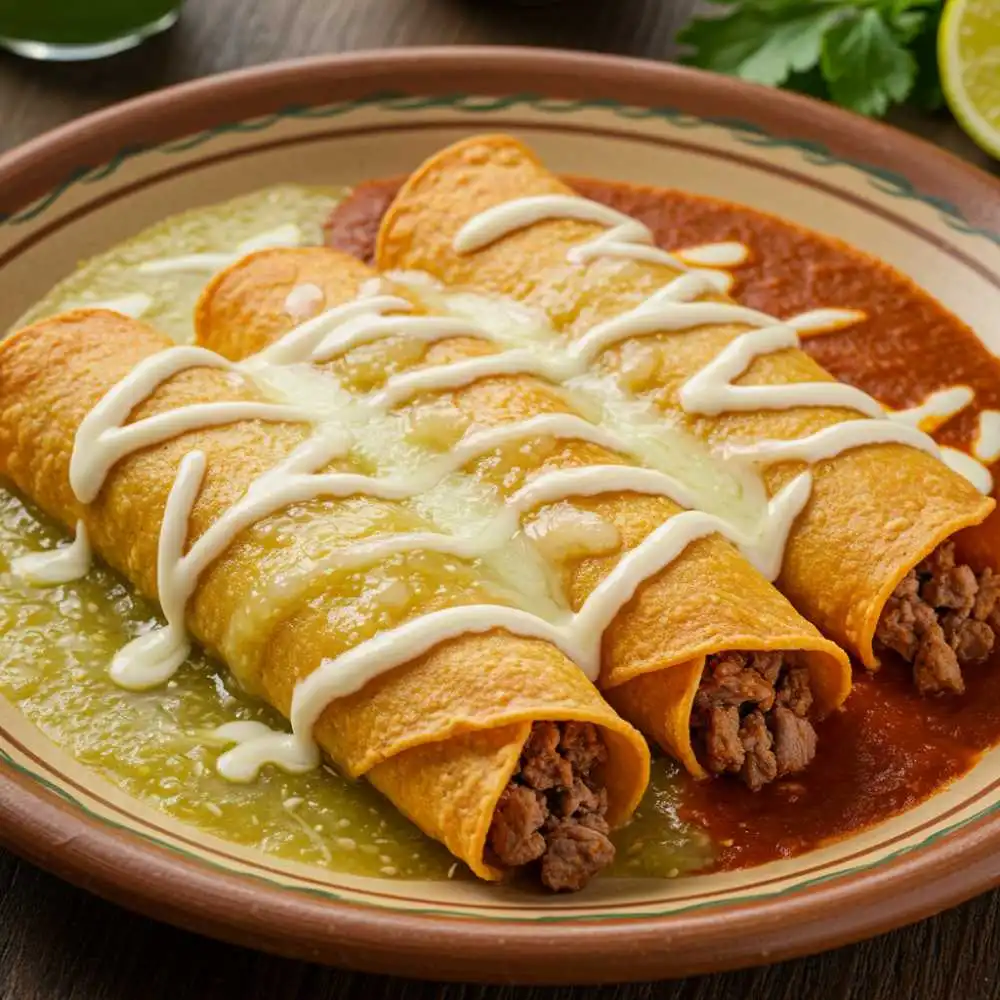 Chipotle-spiced tortillas rolled and drenched in chili sauce, then filled with meats, refried beans, or cheese.
Chipotle-spiced tortillas rolled and drenched in chili sauce, then filled with meats, refried beans, or cheese.- Enchiladas Verdes: Tomatillo-based green sauce.
- Enchiladas Rojas: Red chile sauce.
5. Chiles en Nogada
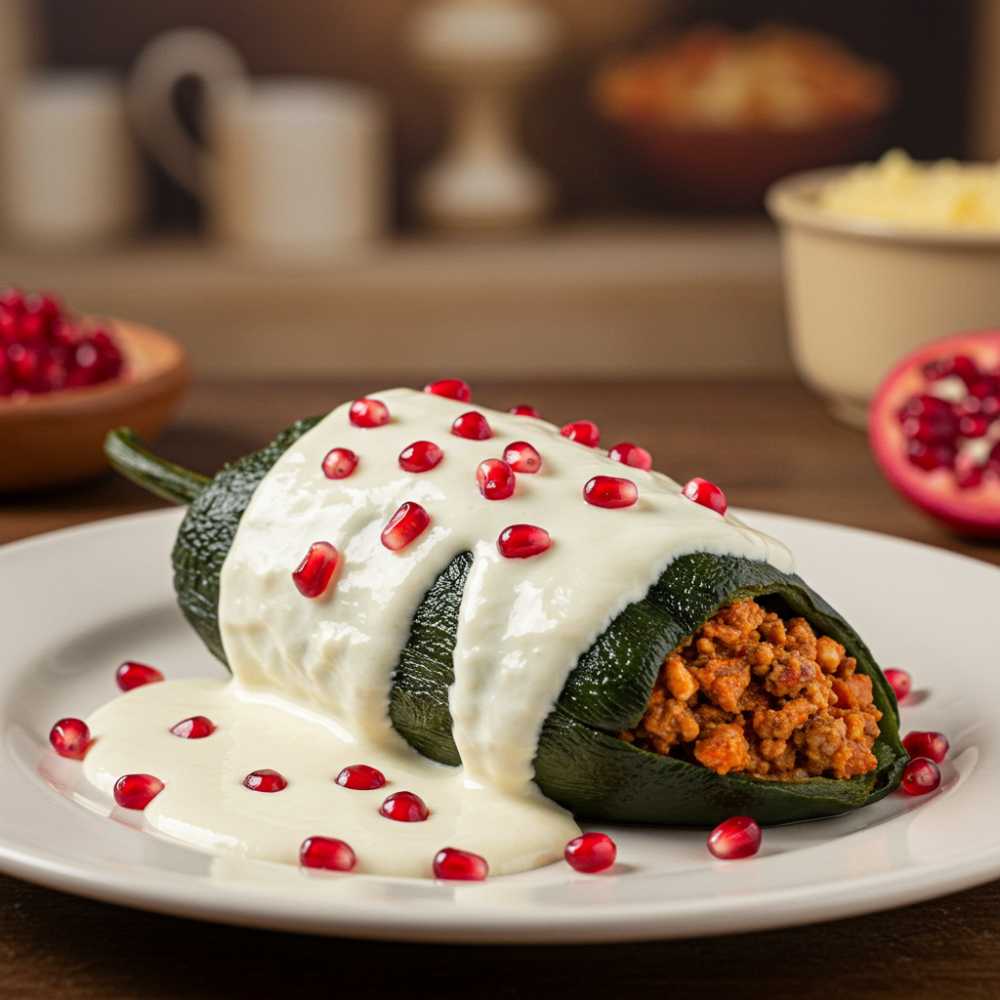 A patriotic dish with poblano chiles stuffed with picadillo and topped with creamy walnut sauce and pomegranate seeds. A nod to the Mexican flag.
A patriotic dish with poblano chiles stuffed with picadillo and topped with creamy walnut sauce and pomegranate seeds. A nod to the Mexican flag.6. Pozole
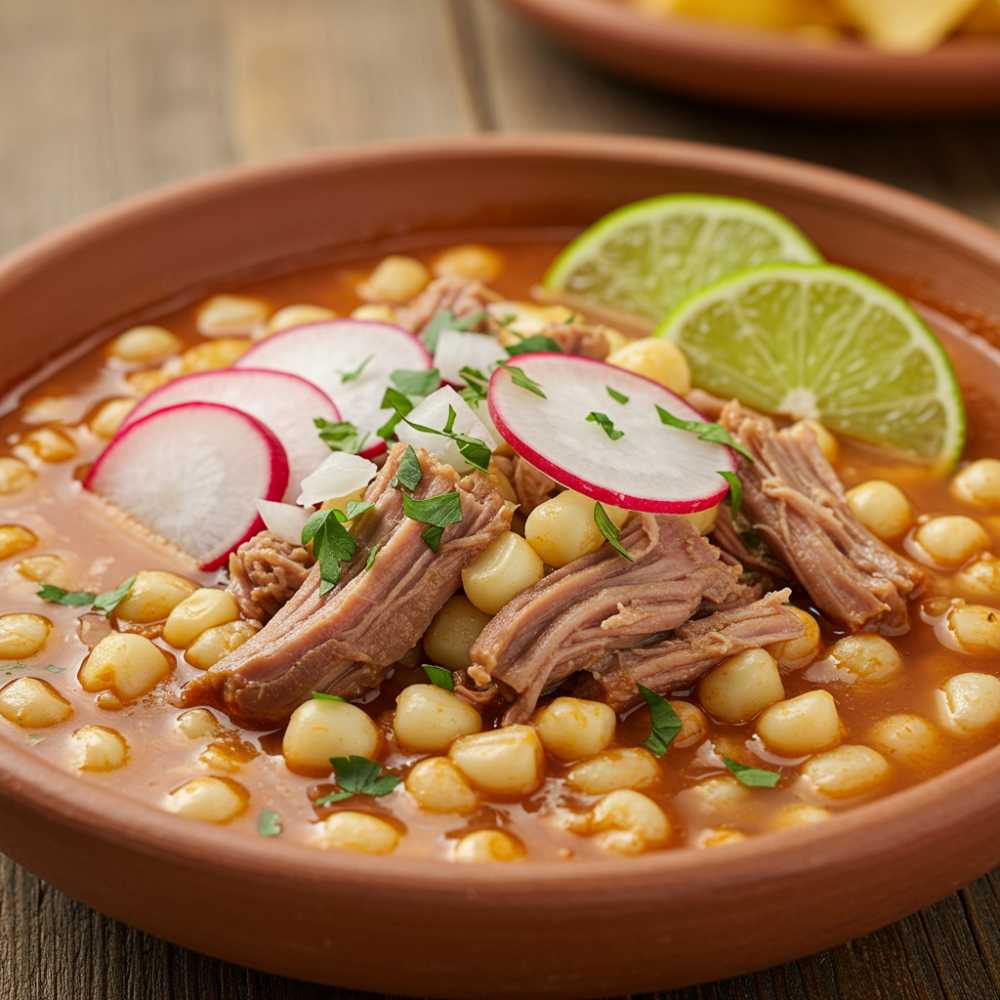 A comforting hominy soup with shredded pork or chicken, served with cabbage, radish, lime, and oregano.
A comforting hominy soup with shredded pork or chicken, served with cabbage, radish, lime, and oregano.7. Ceviche
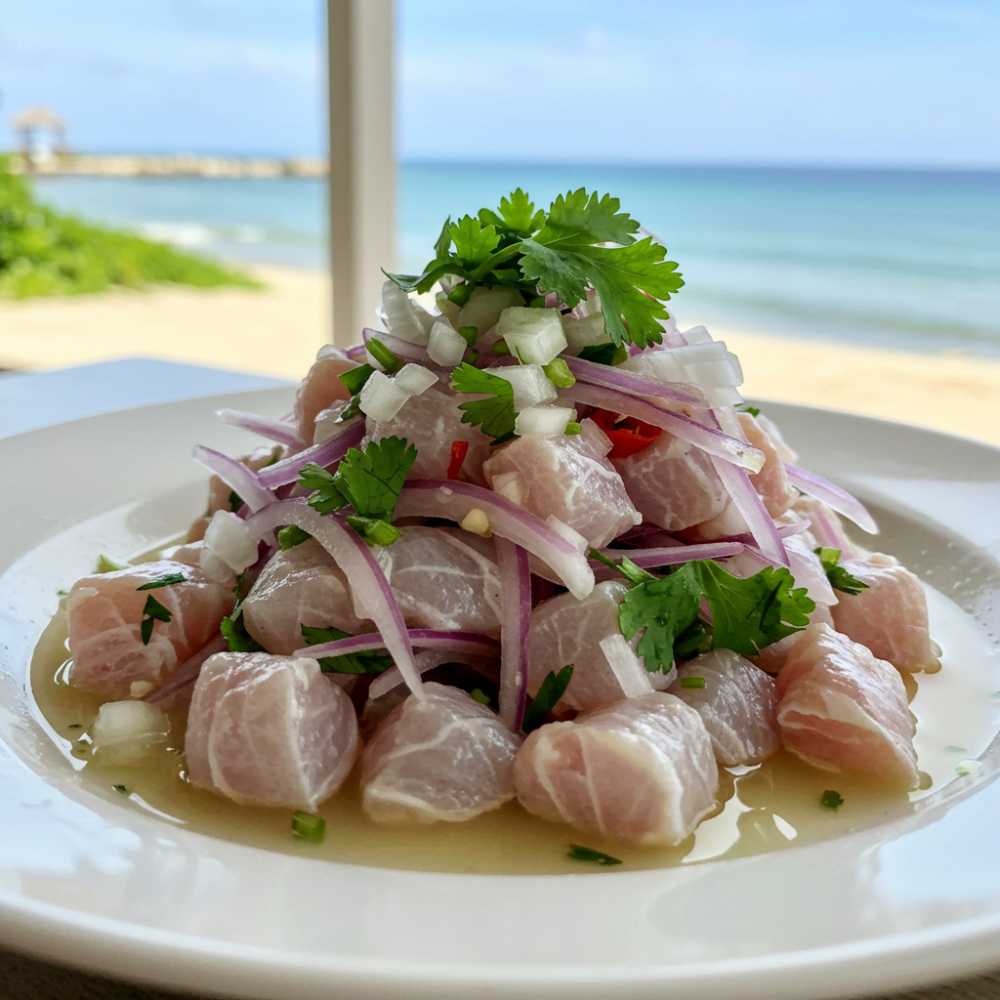 Though coastal, ceviche is loved nationwide. Raw fish is “cooked” in lime juice and mixed with onions, cilantro, and chili.
Though coastal, ceviche is loved nationwide. Raw fish is “cooked” in lime juice and mixed with onions, cilantro, and chili.8. Sopes and Gorditas
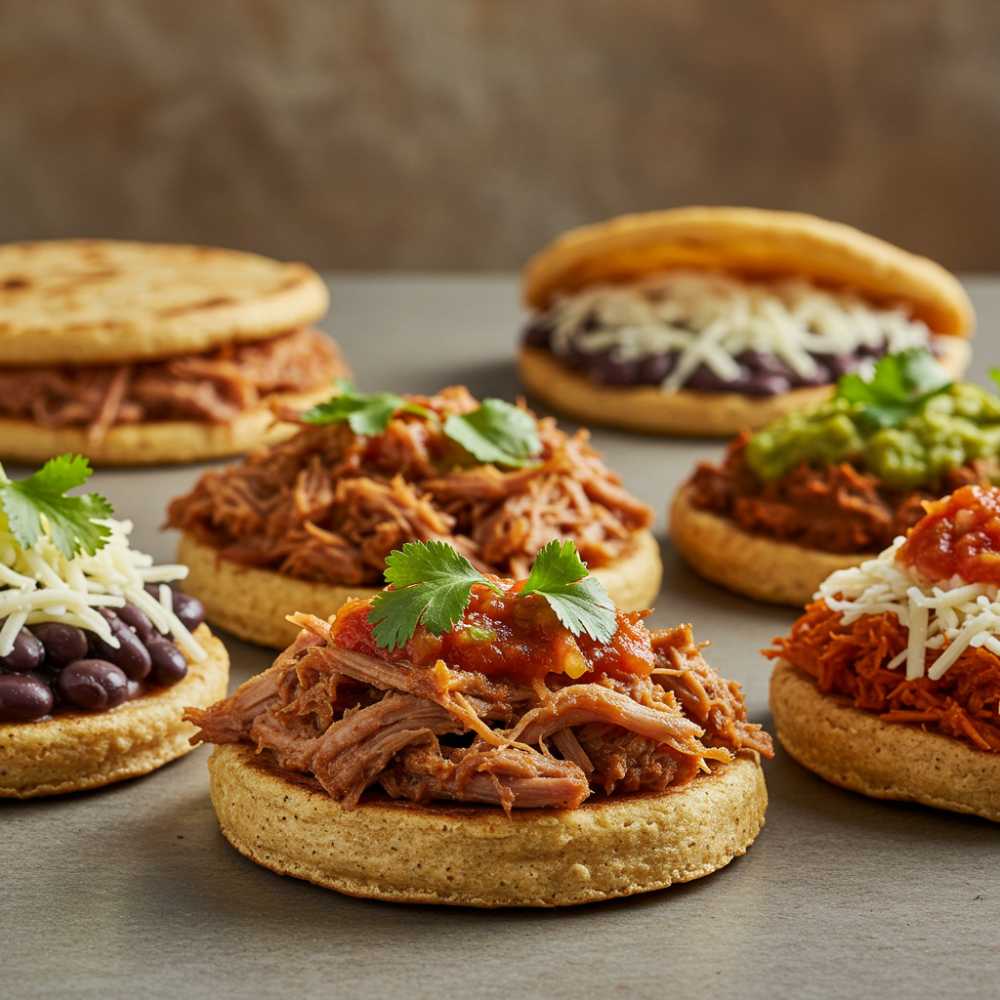 Thick masa cakes are topped or stuffed with meats, beans, cheese, and salsa.
Thick masa cakes are topped or stuffed with meats, beans, cheese, and salsa.Chapter 3: Regional Mexican Dishes
Oaxaca Cuisine: The Land of Seven Moles
 Known for its earthy moles, tlayudas (large grilled tortillas), and quesillo (string cheese).
Known for its earthy moles, tlayudas (large grilled tortillas), and quesillo (string cheese).Puebla: Home of Mole Poblano
 Also famous for Chiles en Nogada and cemitas (sandwiches with papalo herb).
Also famous for Chiles en Nogada and cemitas (sandwiches with papalo herb).Yucatán Cuisine: Mayan Influence
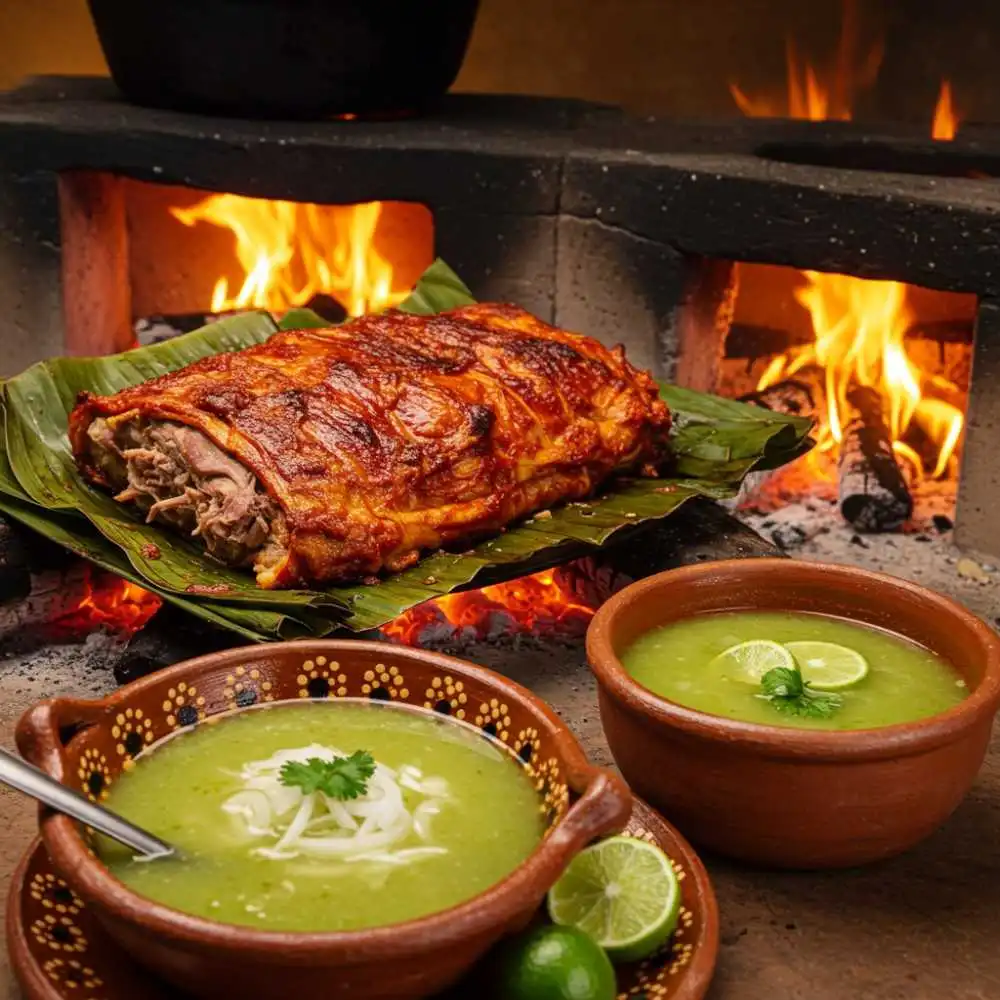 Cochinita pibil (slow-roasted pork in banana leaves) and sopa de lima are stars here.
Cochinita pibil (slow-roasted pork in banana leaves) and sopa de lima are stars here.Baja California: Fusion at Its Finest
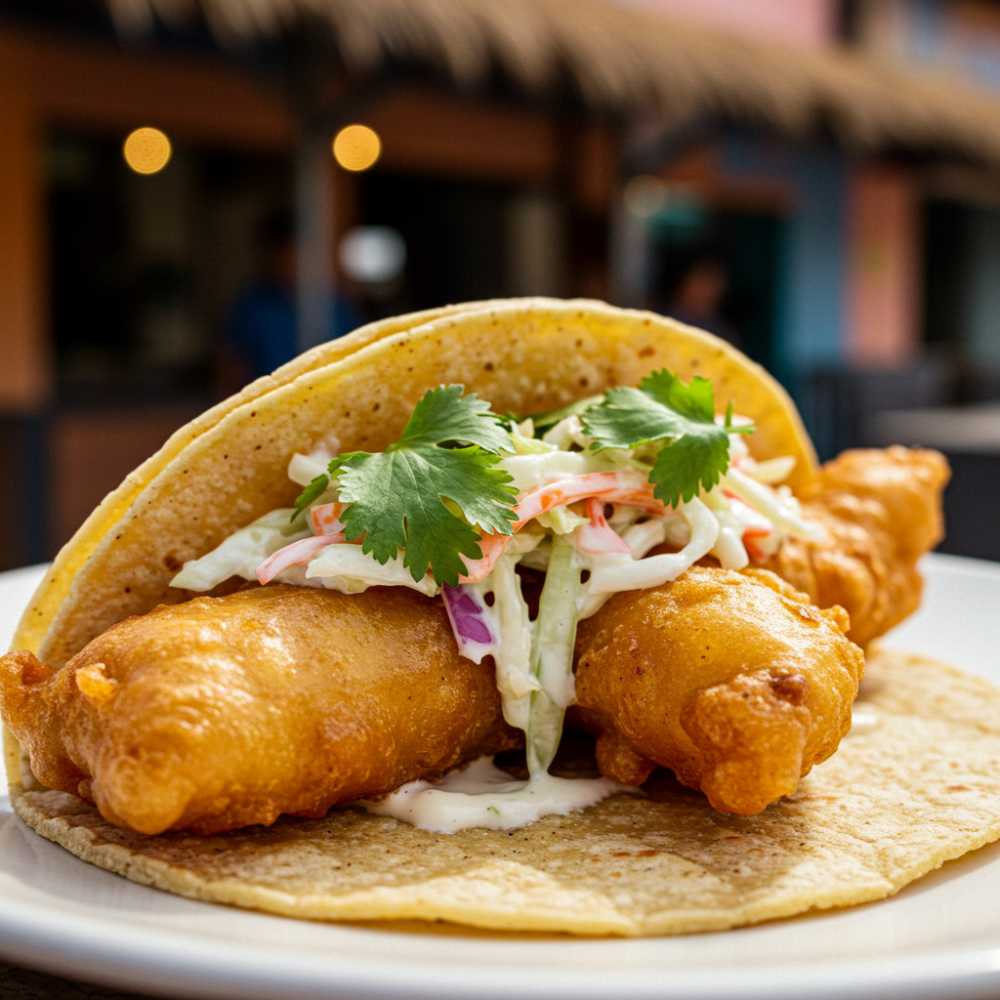 Seafood reigns, especially Baja-style fish tacos with beer-battered fish and creamy slaw.
Seafood reigns, especially Baja-style fish tacos with beer-battered fish and creamy slaw.Jalisco: Birthplace of Birria
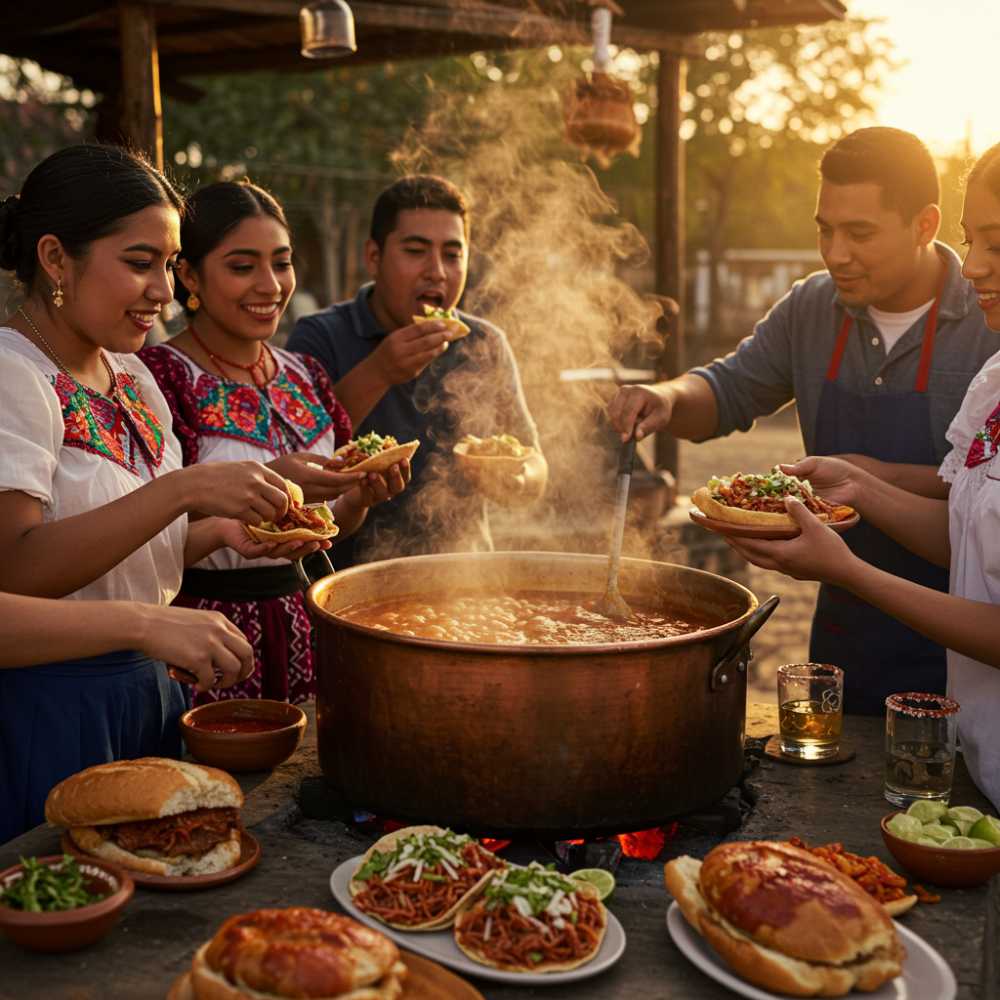 Birria tacos dipped in consommé, tequila, and tortas ahogadas (drowned sandwiches) all come from here.
Birria tacos dipped in consommé, tequila, and tortas ahogadas (drowned sandwiches) all come from here.Chapter 4: Best Mexican Desserts
- Churros: Fried dough rolled in cinnamon sugar.
- Flan: Creamy caramel custard.
- Tres Leches Cake: Three kinds of milk are soaked into the sponge cake.
- Pan de Muerto: This sweet bread is perfect for Day of the Dead.
Chapter 5: Mexican Drinks That Define the Culture
- Horchata: Cinnamon Mexican rice milk.
- Agua Frescas: Light fruit waters, like tamarindo and jamaica.
- Mexican Hot Chocolate: A thick, spiced, and frothed coffee made with a grinder.
- Tequila and Mezcal: Distilled from agave; each sip is smoky, complex, and celebratory.
Chapter 6: The Street Mexico Food Phenomenon
Street food is not just fast food; it’s fast soul food.- Elotes (Mexican street corn): The corn is slathered with mayonnaise, cheese, chili, and lime.
- Quesadillas: Filled with squash blossoms, huitlacoche (corn fungus), or meats.
- Tostadas: Crunchy flat tortillas topped with ceviche, beans, or tinga.
Chapter 7: Cooking Mexican Food at Home
With the right ingredients and respect for tradition, anyone can try their hand at authentic Mexican cooking.- Nixtamalized Corn Masa: The base for tortillas and tamales.
- Comal: A flat griddle essential for tortillas.
- Molcajete: Mexican Traditional Food mortar and pestle for grinding spices.
Chapter 8: How to Identify Authentic Mexican Food
- Use of Fresh, Local Ingredients: Especially corn, beans, and native herbs.
- Cooking Methods: Such as pit-roasting, steaming in banana leaves, and nixtamalization.
- Respect for Balance: No one flavor dominates. Heat, acid, salt, and fat are harmonized.
Chapter 9: Where to Find the Best Mexican Food
- In Mexico: Mexico City for street food, Oaxaca cuisine for mole, Guadalajara for birria, and the Yucatán cuisine for cochinita pibil.
- In the U.S., Best Mexican Food in Los Angeles, San Antonio, Chicago, and San Diego offer diverse and authentic options.
- Michelin-Rated Mexican Restaurants: Pujol is a Mexican restaurant in Mexico City, and Cosme is a restaurant in NYC.
Chapter 10: Health, Nutrition, and Modern Takes
Mexican food can be incredibly nutritious when done right. Think grilled meats, fiber-rich beans, fermented salsas, and antioxidant-rich chiles.Modern Twists:
- Vegan tamales
- Gluten-free corn tortillas
- Superfood-enriched aguas frescas
Conclusion of Best Mexican Food
Mexican cuisine is bold yet nuanced, rustic yet refined. It offers something for everyone: spice lovers, comfort food seekers, vegetarians, and gourmands alike. It tells the story of a people and their land, one delicious bite at a time. So next time you dig into a taco or sip a mezcal, remember: you’re tasting the history of Mexican food, passion, and pure culinary joy.Frequently Asked Questions (FAQs)?
Q1. What are the most popular traditional Mexican dishes everyone should try?Answer:
Some of the most beloved traditional Mexican dishes include tacos al pastor, enchiladas, tamales, chiles en nogada, and pozole. These dishes showcase Mexico’s diverse regions and rich culinary history, blending indigenous ingredients with Spanish influence.
Each offers a unique combination of flavors, from smoky meats to creamy sauces and earthy corn masa. They’re more than just meals; they’re a cultural experience in every bite.
Q2. Is Mexican food healthy or unhealthy?
Answer:
Mexican food can be both healthy and indulgent, depending on the dish and preparation method. Traditional recipes often use wholesome ingredients like beans, tomatoes, avocados, corn, lean proteins, and spices.
Best Mexican Dishes like grilled fish tacos, pozole, or ceviche are nutritious, high in protein, and rich in antioxidants. However, deep-fried foods or excessive cheese and sour cream can increase calorie content. Opting for authentic over Americanized versions usually means healthier choices.
Q3. What is the difference between authentic Mexican food and Tex-Mex?
Answer:
Authentic Mexican food focuses on indigenous ingredients like corn, beans, chiles Rellenos, herbs (like epazote), and slow-cooked meats. It emphasizes regional Mexican dishes and culinary techniques passed down for generations. In contrast, Tex-Mex is an American fusion cuisine (e.g., Korean-Mexican tacos) that adds yellow cheese, flour tortillas, ground beef, and canned sauces.
While both are delicious, they offer distinct flavor profiles and cultural origins—Tex-Mex is not a replacement for real Mexican food but a hybrid with its own identity.
Q4. Which Mexican foods are the best for vegetarians or vegans?
Answer:
Plant-based options abound in Mexican cuisine, which is rooted in tradition. Quesadillas with huitlacoche (corn truffle), chiles rellenos, sopes, and nopales (cactus) salad are among vegetarian favorites. Vegan-friendly dishes often feature frijoles de la olla (pot beans), guacamole, elotes (grilled street corn without mayo), and tostadas with vegetable toppings.
Many traditional dishes are naturally meat-free or can be adapted without losing authenticity or flavor.
Q5. What Mexican foods are a must-try when visiting Mexico?
Answer:
When in Mexico, ditch the tourist menus and look for regional specialties like cochinita pibil in Yucatán, mole poblano in Puebla, birria in Jalisco, tlayudas in Oaxaca, and barbacoa in Hidalgo. Street vendors are treasure troves of culinary magic—don’t miss out on antojitos like elotes, tamales, and esquites. These are not just meals—they’re part of the living, breathing culture of Mexico.

